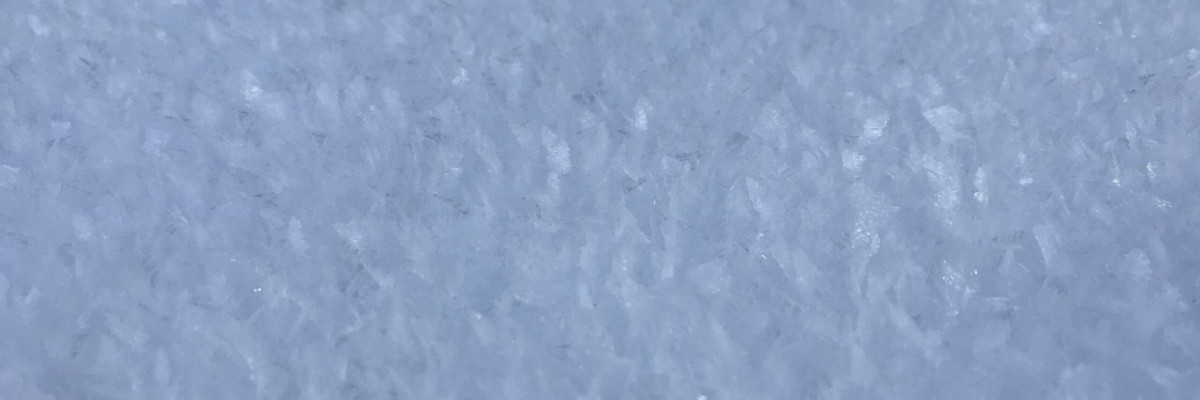The current avalanche danger is MODERATE in the west central Montana backcountry. Human triggered avalanches are possible. Heightened avalanche conditions exist on specific terrain features. Evaluate snow and terrain carefully and identify features of concern.
Good morning, this is Travis Craft with the West Central Montana Avalanche Center’s avalanche advisory for January 18, 2018. This danger rating does not apply to operating ski areas, expires at midnight tonight and is the sole responsibility of the U.S. Forest Service.
Weather and Snowpack
Mountain temperatures range from 24 F 40 F in the region. In the Bitterroot winds are 21 mph with gusts of 31 out of the SSE. In the northern part of the advisory area, winds are reading 11 mph with gusts of 21 mph out of the SSE. The forecast area received 0 to 1 inch of new snow in the last 24 hours.
Tim and I toured in the Rattlesnake yesterday. We found buried surface hoar in our pits. This layer is not on all aspects but can be found throughout the advisory area. I found the Thanksgiving crust to be less reactive in tests. Avoid steep, rocky terrain and slopes with shallow snowpacks. We saw surface hoar growth yesterday, as this system moves into the region this will be the next layer of concern.
The primary avalanche problem is persistent slabs. The buried surface hoar was reactive in some pit tests yesterday. This layer is not on every slope or aspect. To find the buried surface hoar, you need to dig a pit 3 feet down and see if this layer is present and how reactive it is.
The second problem is loose wet. With warm temperatures look for loose wet releases to increase with rain and warm temperatures. If slopes start to have roller balls, it means that it is time to move away from these slopes because the surface snow is becoming unstable.
Avalanche and Weather Outlook
Starting today, we will see warm temperatures and rain to 6000 feet. Temperatures will drop overnight, and snow will return to the mountains. Here is the link to the discussion. With this forecast expect our avalanche danger to increase. We will bury the new layer of surface hoar with this next storm. Expect the buried surface hoar to become more reactive with the additional weight of snow and rain. Look for loose wet activity to increase throughout the day on steep slopes below 6000 feet.
If you are out in the backcountry, please send us your observations, these are very helpful in producing the advisory. I will issue the next advisory on January 20, 2018.
Ski and ride safe.
























